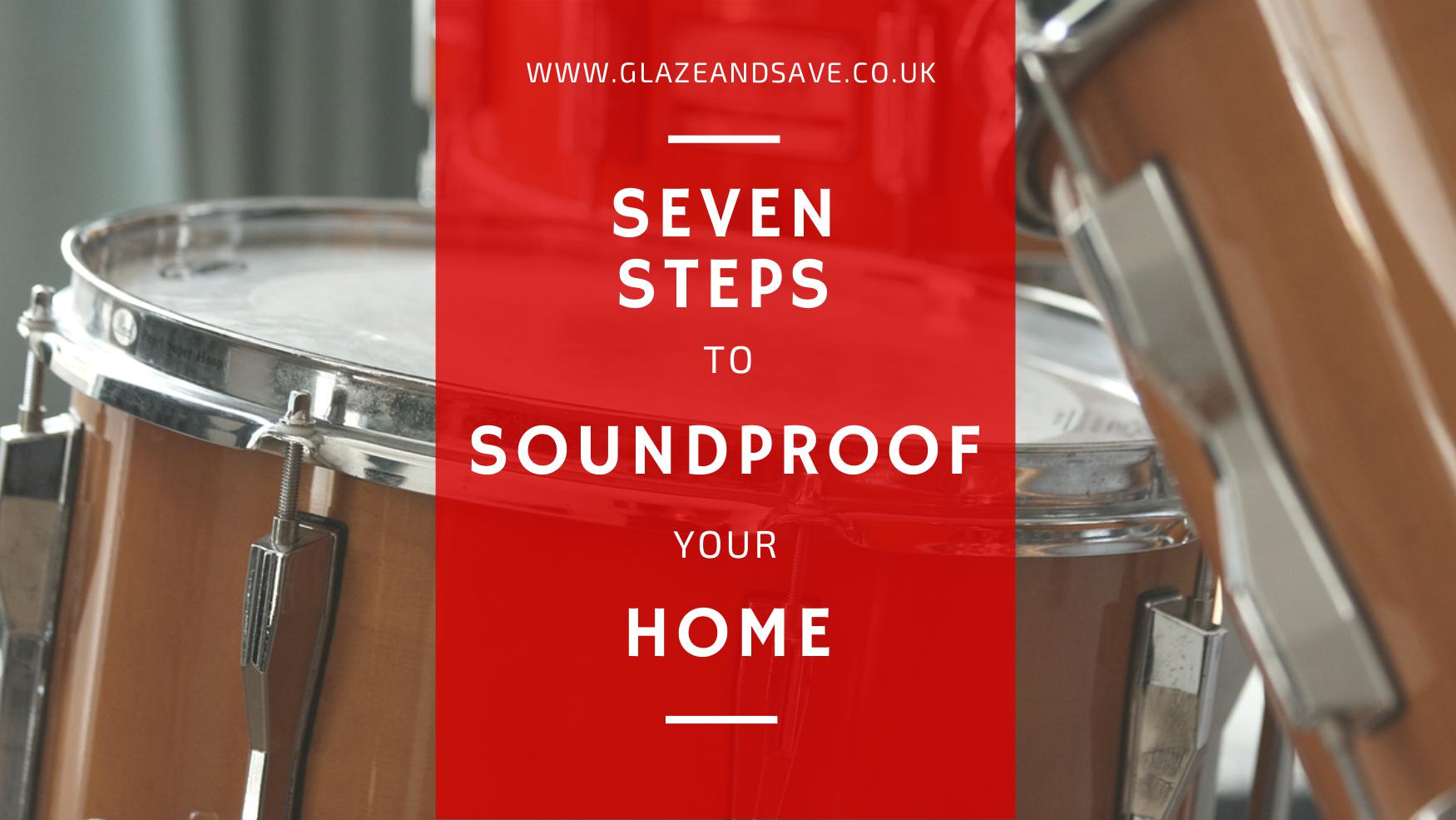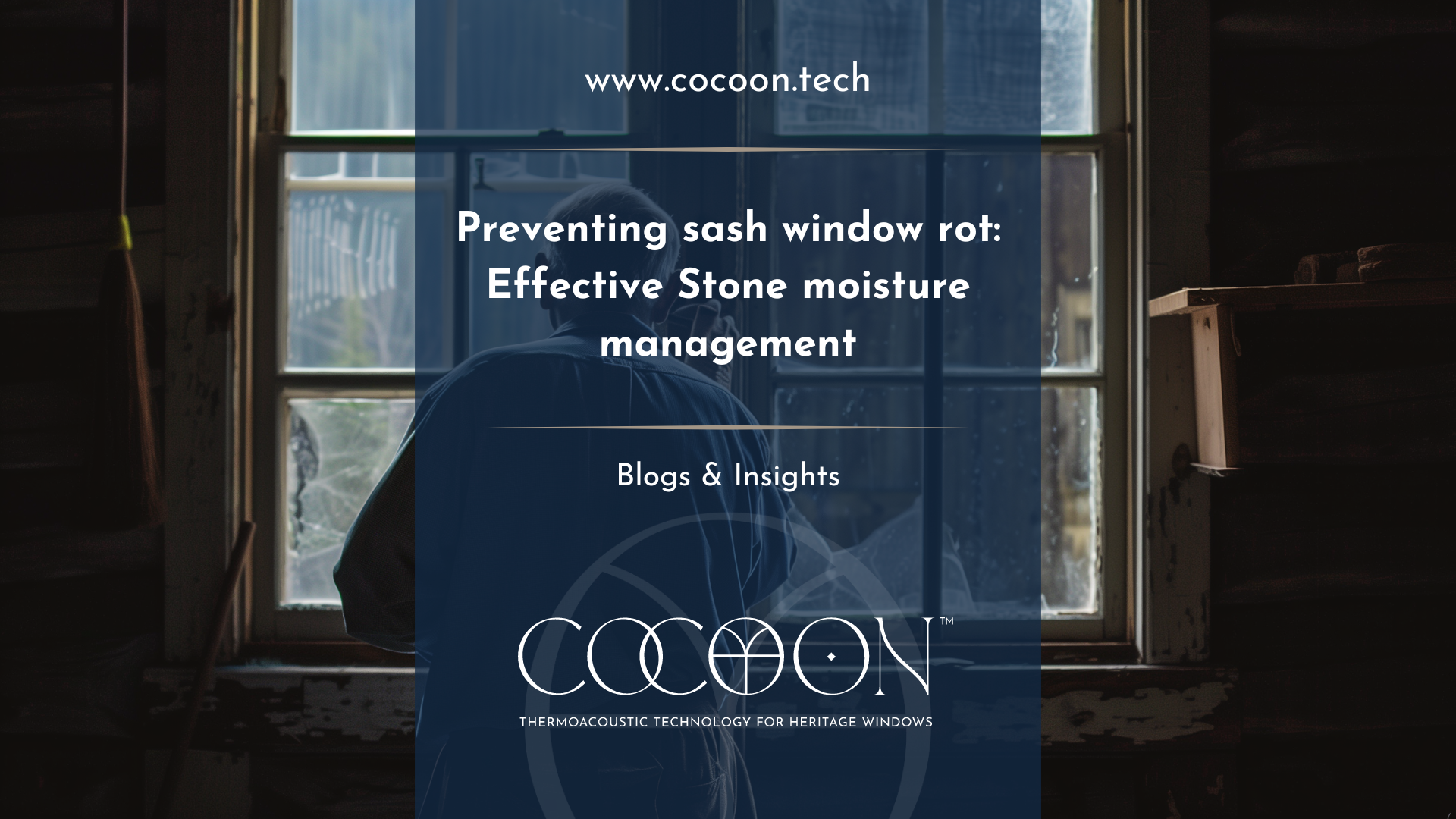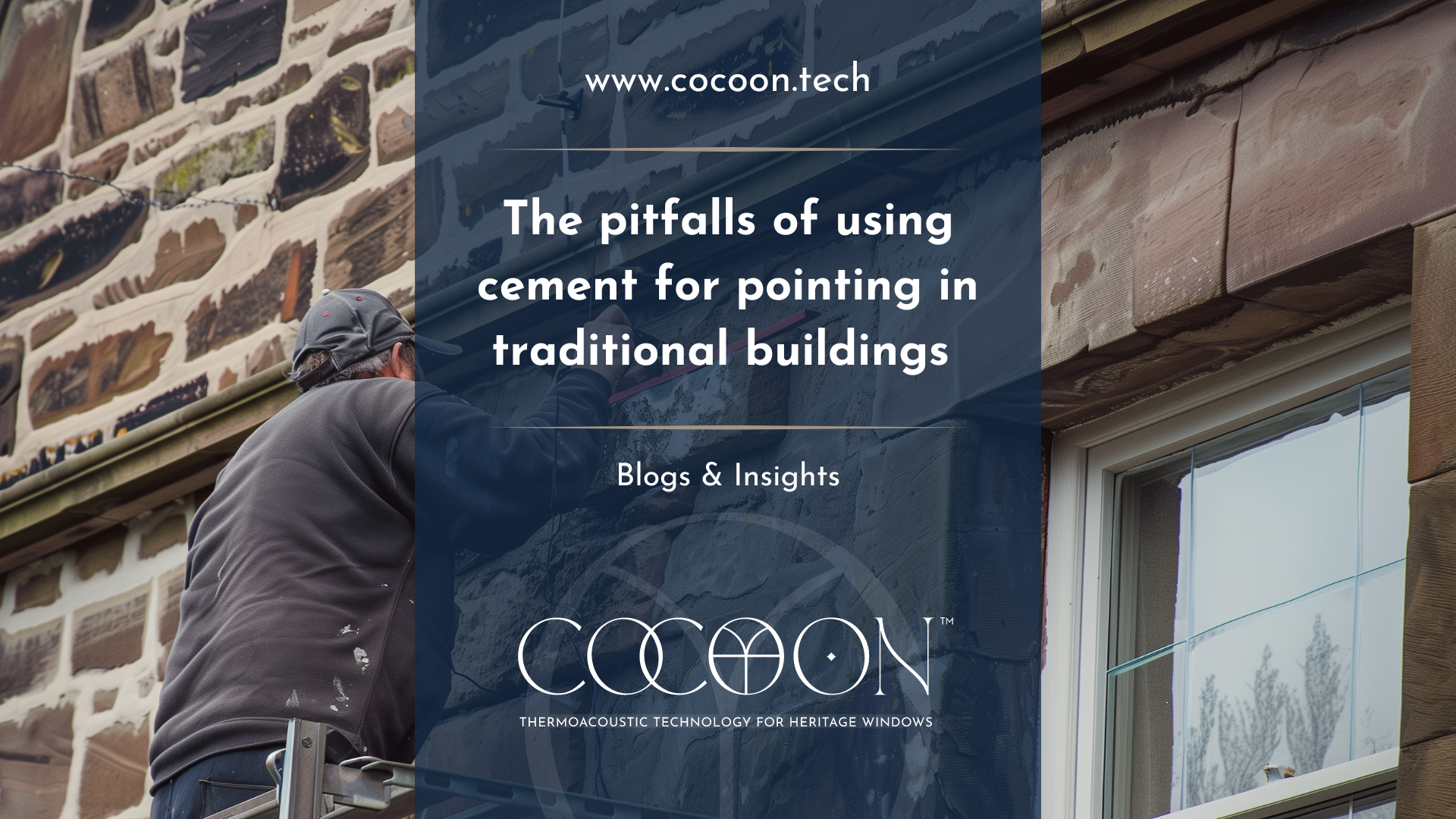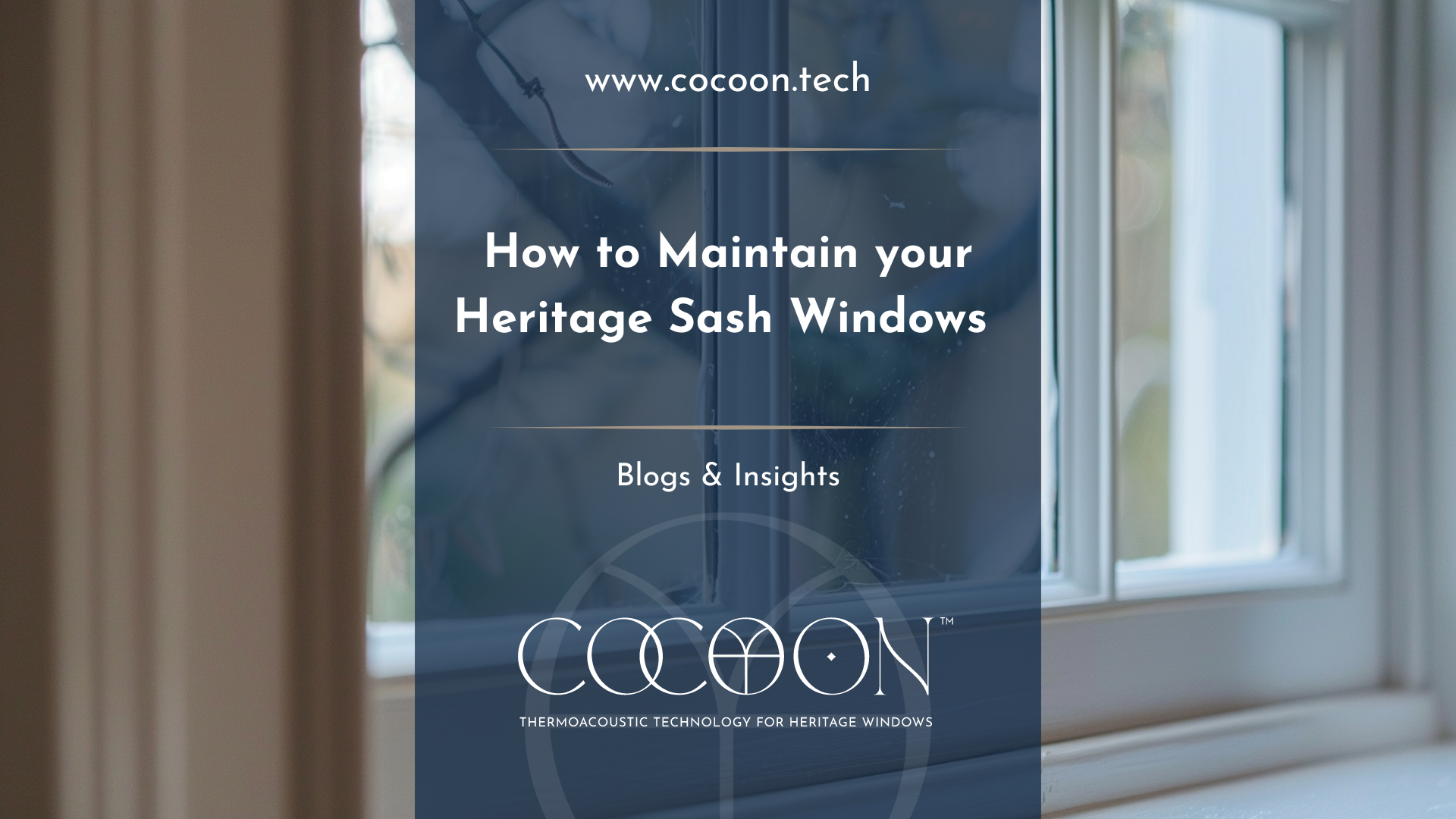7 Steps to Soundproof your Home | Glaze & Save
Noisy neighbours, shift working, loud hobbies, old houses…there are many reasons why people may look to soundproof their homes. Sometimes eradicating the noise from a busy road can mean the difference between staying or leaving your home! So in order to create the most comfortable living environment, free of unnecessary distractions, noise reduction and sound proofing measures may be required.
Exterior Noise
Exterior noise can be the most annoying and intrusive for householders to contend with, since it comes from someone else. Whether it is the roar of a noisy road, or the wailing of car alarms, insulating your home against exterior noise can be the most effective way to achieving a more pleasant and comfortable living environment.
There is a specific order to carrying out external noiseproofing to your property: taking the following measures step by step will ensure that you avoid wasting time and expense by carrying out less effective methods first. The added benefit of carrying out many of these external noiseproofing measures is that they will make you home more energy efficient, saving you money on your heating bills in addition to creating a quieter home.
1. One of the first things you should do in order to reduce exterior noise is to seal up any holes or cracks in your external walls. Noise can permeate through the smallest gaps left in the external wall, so it is important to be thorough. Use a specialist product such as Glaze & Save’s InvisiSeal™ to effectively seal cracks around windows and doors. You can also use expandable foam around open pipes and wires. Remember, any gaps can let noise in!
2. Similarly, ensure that your windows and doors are fully draught proofed. Not only is draught proofing good for improving thermal comfort, but it is great for noise reduction. InvisiSeal™ reduces noise, as well as reducing draughts!
3. Invest in secondary glazing. Secondary glazing is one of the most effective ways to soundproof the glazed areas of your home. Glaze & Save InvisiTherm™ guarantees a minimum noise reduction of 48%, with many of our customers experiencing much greater reductions in noise.
4. Add fiberglass or blown in insulation to your attic and walls.
Interior Noise
The level of annoyance you’ll experience from interior noise really depends on your living situation, and the type of noise created. For those living in self-contained properties, internal noise may be less of an issue; but living in flats or converted buildings and mean that noise from other residents invades your space, causing irritating and even stressful situations.
5. To soften the sound of footsteps and other noises travelling through floors, invest in thick carpeting in the upper levels of your property to soften the blow. Bare hardwood flooring may be trendy, but it provides little in the way of noise insulation. In the lower levels of your property, a suspended ceiling with ceiling tiles may be an option, although for those living in listed buildings, planning permission may be a consideration.
6. Caulking power outlets, switches and any holes or gaps between rooms can help reduce noise transfer between adjacent rooms. Installing draught proofing around interior doors can also reduce noise between rooms.
7. For budding musicians, or to just to create a truly silent area in your home (for example, a silent bedroom for night workers), consider adding a specialist soundproofing drywall product to your home to block out the noises from adjacent rooms. A single layer of soundproofing drywall can be the equivalent of eight layers of conventional drywall, and its combination of gypsum, viscoelastic and ceramic works together to create a barrier that stops noises from passing through rooms.
Glaze & Save's InvisiTherm™ secondary glazing and InvisiSeal™ draught proofing can help create a warmer, quieter and more energy efficient home. Contact us hereto arrange for your free no obligation survey.




















